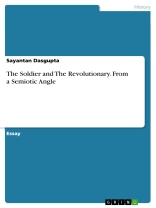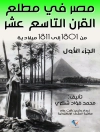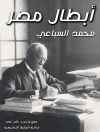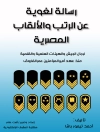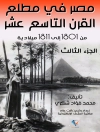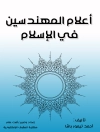Essay from the year 2017 in the subject History – Miscellaneous, University of Calcutta (Indian Statistical Institute), course: Masters, language: English, abstract: This essay is about using a semiotic angle to evaluate the existence and activities of a soldier and a revolutionary in a stratified manner.
The most common definitional difference between a soldier and a revolutionary is that a soldier is a person who serves in an army and obeys orders given to him by a government, and a revolutionary is someone who is involved in causing a complete or dramatic change in a society, country or in the international sphere. My concern, here, is the projection of a soldier who is a part of a national government and a revolutionary in both national and international sphere. The word ‘soldier’ is used, almost unanimously, in a positive sense. But the word ‘revolutionary’ is used in both positive and negative sense. The reason is, a soldier is always on the government’s side, whereas a revolutionary stands against the government. I am not here taking into account the notion of ‘government-in-exile’ as I am, here, dealing with a country’s electorally elected government, and a government-in-exile is also a revolutionary government or organization and it stands on the opposite side of an electorally elected government.
Sayantan Dasgupta
The Soldier and The Revolutionary. From a Semiotic Angle [PDF ebook]
The Soldier and The Revolutionary. From a Semiotic Angle [PDF ebook]
购买此电子书可免费获赠一本!
语言 英语 ● 格式 PDF ● ISBN 9783668450325 ● 文件大小 0.6 MB ● 出版者 GRIN Publishing ● 市 München ● 国家 DE ● 发布时间 2017 ● 版 1 ● 下载 24 个月 ● 货币 EUR ● ID 5084743 ● 复制保护 无
